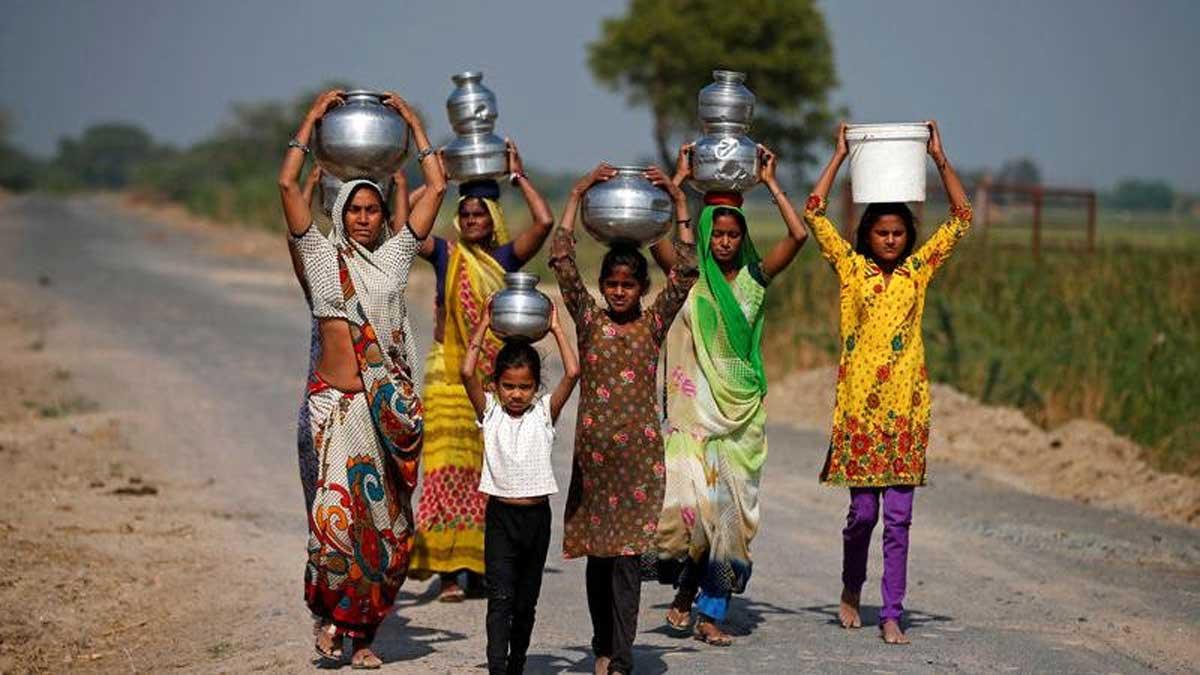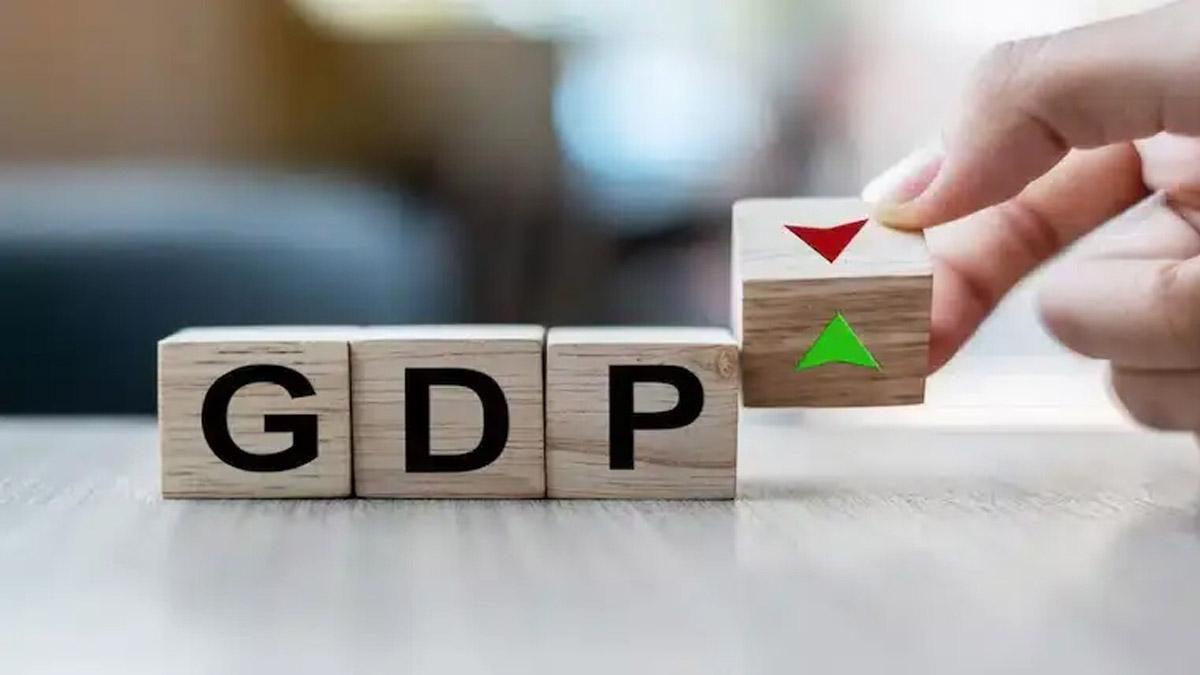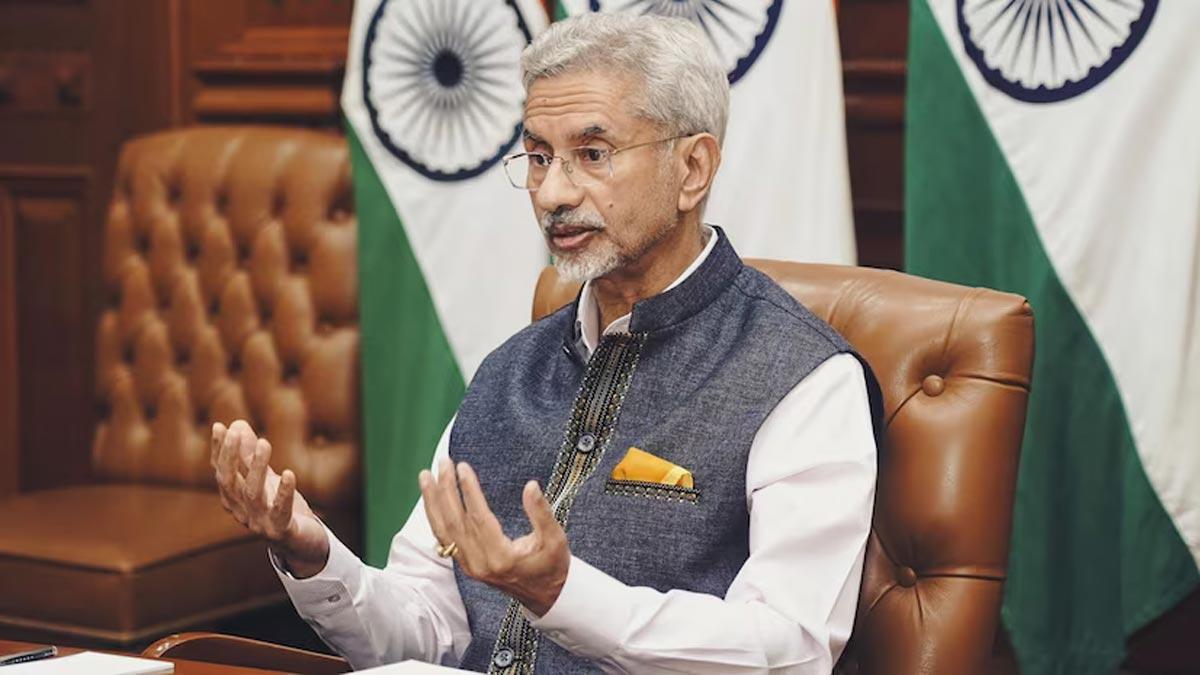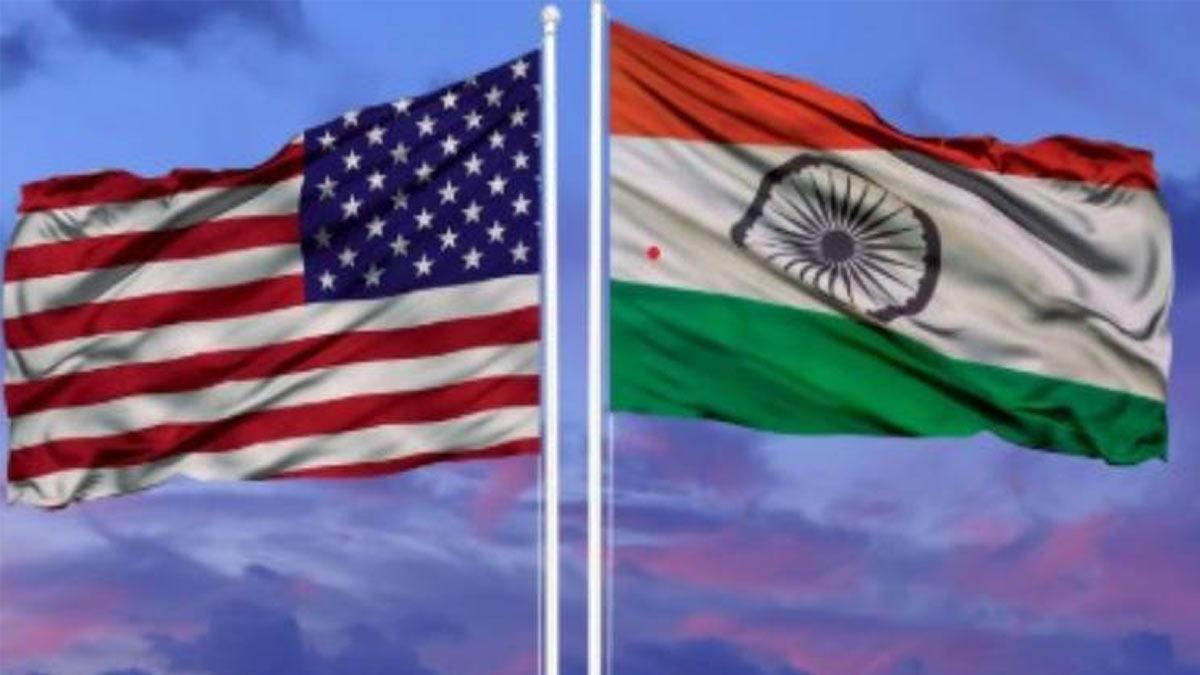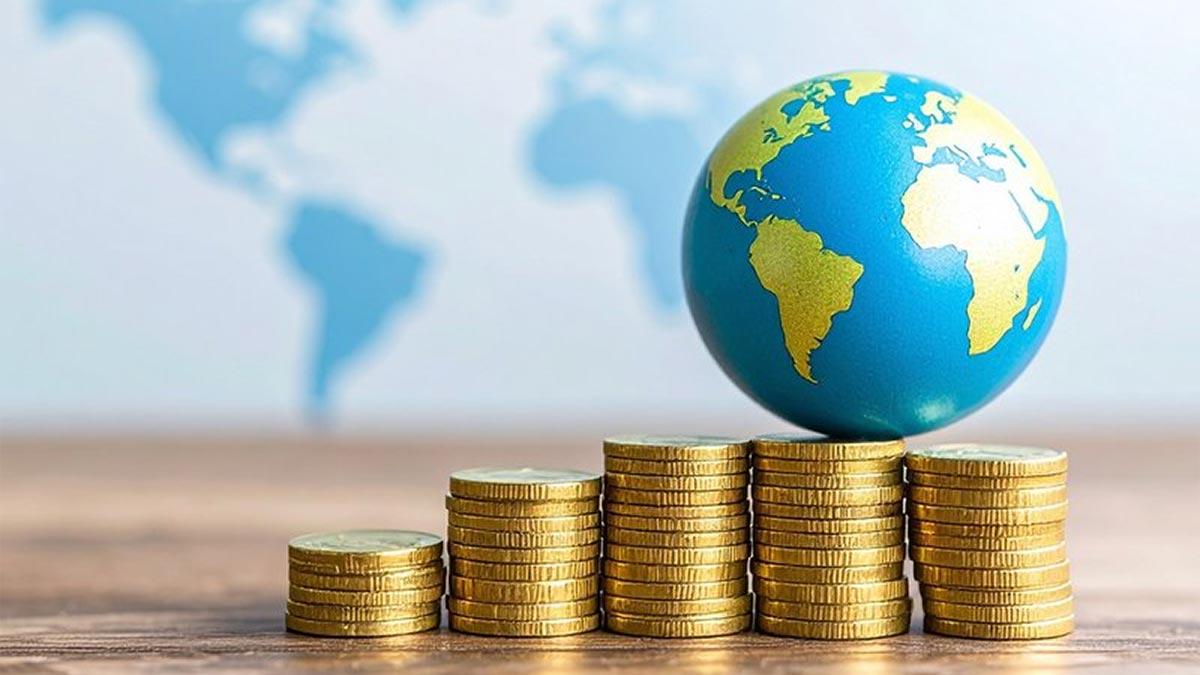The most recent household consumer expenditure survey reveals a significant drop in India's poverty level, now standing below 5 percent, signaling a trend of increasing prosperity in both rural and urban areas, as stated by NITI Aayog CEO B.V.R. Subrahmanyam on Sunday.
Subrahmanyam highlighted the success of government poverty alleviation measures, citing the consumer expenditure survey as evidence. The survey segmented the population into 20 categories, revealing that the average per capita monthly expenditure across all categories was Rs 3,773 in rural areas and Rs 6,459 in urban areas.
For the bottom 0-5 percent income bracket, the average per capita monthly expenditure was Rs 1,373 in rural areas and Rs 2,001 in urban areas, reflecting minimal poverty levels within this group.
Subrahmanyam noted that while this is his assessment, economists will further analyze the data to provide precise figures. The NSSO survey, based on data from 1.55 lakh rural households and 1.07 lakh urban households, indicates a substantial increase in consumption, nearly 2.5 times higher in both rural and urban areas.
Furthermore, the survey reveals a narrowing gap between rural and urban consumption patterns, suggesting accelerated growth in rural consumption, partially attributed to government welfare schemes providing free foodgrains and essential goods.
The gap in consumption disparity has decreased from 84 percent in 2011-12 to 71 percent in 2022-23, a significant improvement from its peak of 91 percent in 2004-05. Notably, there has been a decline in the share of expenditure on cereals and food, indicating a shift towards increased prosperity and diversified spending habits, including higher consumption of milk, fruits, and vegetables.
Subrahmanyam also pointed out that the reduced contribution of food to CPI inflation suggests a potentially lower inflation rate, indicating a positive economic outlook fueled by enhanced prosperity and changing consumption patterns.
Read also | India's Dedicated Funds Experience 49th Consecutive Week of Inflows
Read also | India's Cautious Approach to Free Trade Agreements: Goyal

